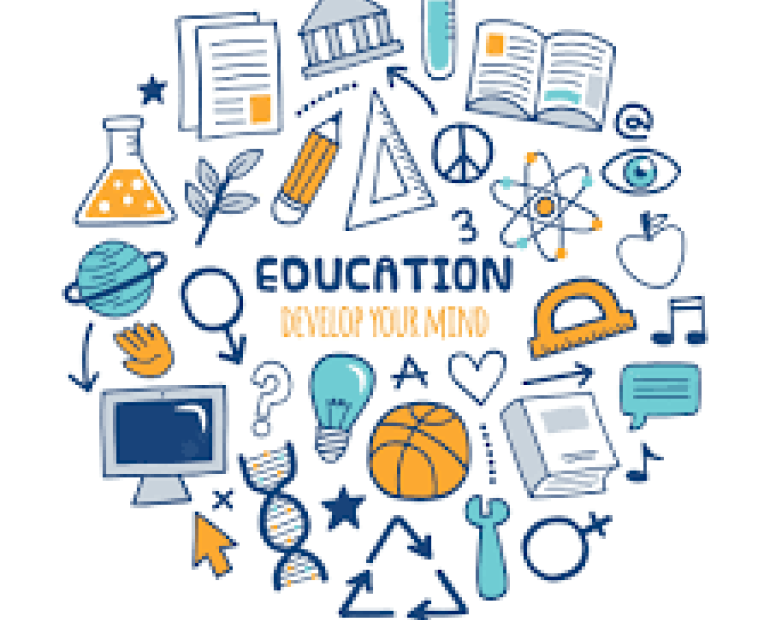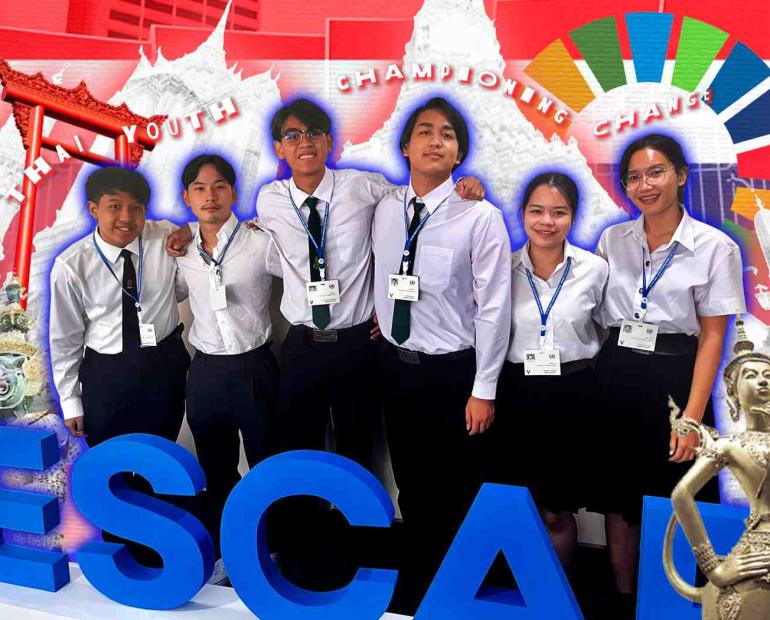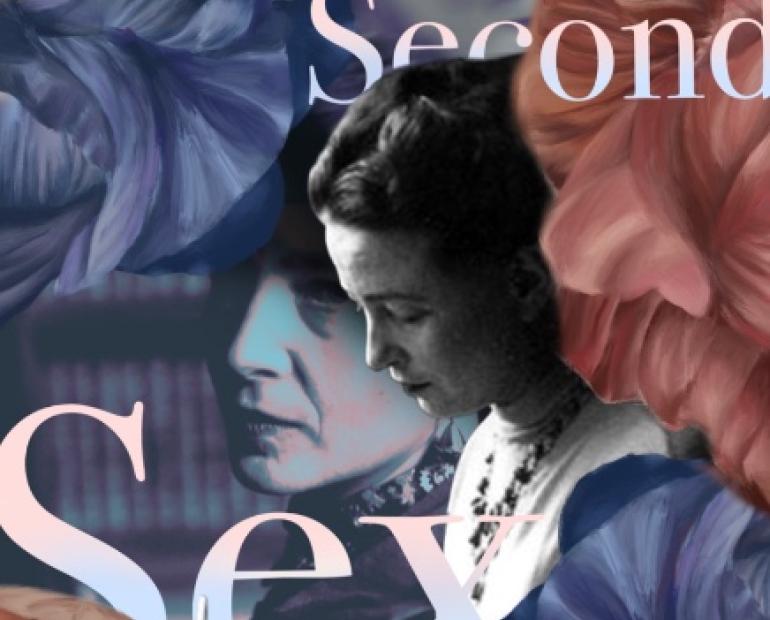
For a long time, I’ve struggled to fully understand my privilege. What’s more, I am still traversing the path of discovery to this day. I grew up in an environment where receiving quality education was a given, and this allowed me to focus on my passions, largely unfettered by basic concerns. Surrounded by people with similar backgrounds, I remained in this cocoon of ignorance throughout my early years.
That’s not to say I didn’t do any volunteer work. But the thing is, most of the “volunteering” I did was organized by my school — not by me. We were told what items to bring for donation boxes, what items to buy in fundraising bazaars. We learned that our school conducted these projects to aid the Eugene Bell Foundation, a charitable organization that caters to tuberculosis (TB) patients in North Korea. According to a presentation the administration gave us in middle school, these patients often suffer from a critical shortage of medication. The government doesn’t provide enough help, either, so it’s often up to places like the Eugene Bell Foundation that take it into their own hands to provide much-needed aid.
As tragic as these circumstances struck me, I have to admit I didn’t yet feel a profound connection with the organization and those it helped. I was more of a visual person, and words and statistics could only do so much. My curiosity was piqued, though, and I decided to do my own research on the Foundation and its partnership with my school.
That was my turning point.
I have a memory etched into my brain of exploring the Foundation’s website when I came across a photograph. The photograph depicted TB patients who had successfully completed their treatment holding up their certificates, posing with members of the Foundation and our school board. For a second, I found myself inexplicably drawn to the glowing countenances of the patients.
Whatever could’ve explained that moment? People often say that you can read a person’s life story just by looking at their face. That their past emotions and experiences somehow leave an indelible trace, and that sometimes you can see the shadows quivering on the planes of their cheekbones or the hollows of their eyes. On the faces of these patients, I could read these shadows, the anguish, strain, and fear. I could read tears shared both in solitude and around the dinner table. But what struck me most was the hope and gratitude that radiated through despite everything.
Not tarnished by the darkness, but made all the more beautiful by it.
I think it was from then onward that I began to truly think of the people on the other side whenever I was volunteering. Gradually, it became a habit for me to ponder about the stories I imagined I could picture on their faces. I derived gratification from the belief that maybe I could give them something at least a little bit like the light I’d seen in the faces of the TB patients that day.
This marked the beginning of my personal journey with service. Soon after, when I entered high school, I started to view privilege in a new light. Privilege plays an immeasurable role in how we experience the world. It is often the line that distinguishes you from the “people on the other side” in ways that can, at times, be uncomfortable to address. These discussions, however, are essential for us as emerging members of society. The willingness to engage in these kinds of discussions is what fuels healthy debates. It is what enables us to properly embrace and interact with perspectives different from our own — a growth mindset that sometimes feels all too lacking in today’s world.
As I pursued my passions (especially for STEM) further in high school, I nurtured an increasing appreciation for my opportunities. Simultaneously, I fostered an interest in investigating ways to promote equity in STEM education for the underprivileged. This culminated in the sparks of a service project that combined my new goals in service with my existing interests in STEM: creating an enrichment learning program. This program, I thought, would be committed to addressing each and every student’s right to learn regardless of their social, economic, and cultural backgrounds.
I was soon joined by friends with similar goals and line-by-line, our ideas began to take a definite form. We continually debated about ways we could make specific aspects of STEM education more accessible to our students. These included creating a VR platform that could allow our students to experience scientific phenomena firsthand, uploading free study materials to our website so our students could review, coding educational games to supplement our courses, and more. Every day, we are driven by the joy of teaching STEM (our primary shared interest!) and the warm feeling of fulfillment whenever we see our students’ faces light up in sweet epiphany.
I’d like to think that I’ve come a long way in my journey with learning and service, but I know that I still have a long way to go. What’s different now is that I am the one at the helms, and I am thrilled beyond words to see the wonderful places I will sail.






